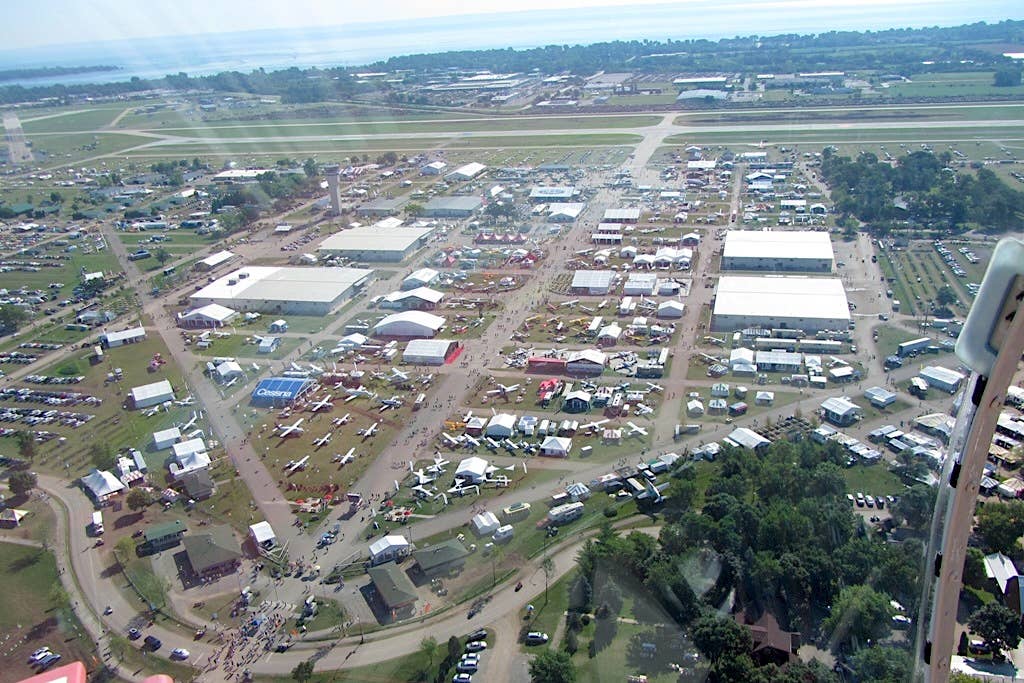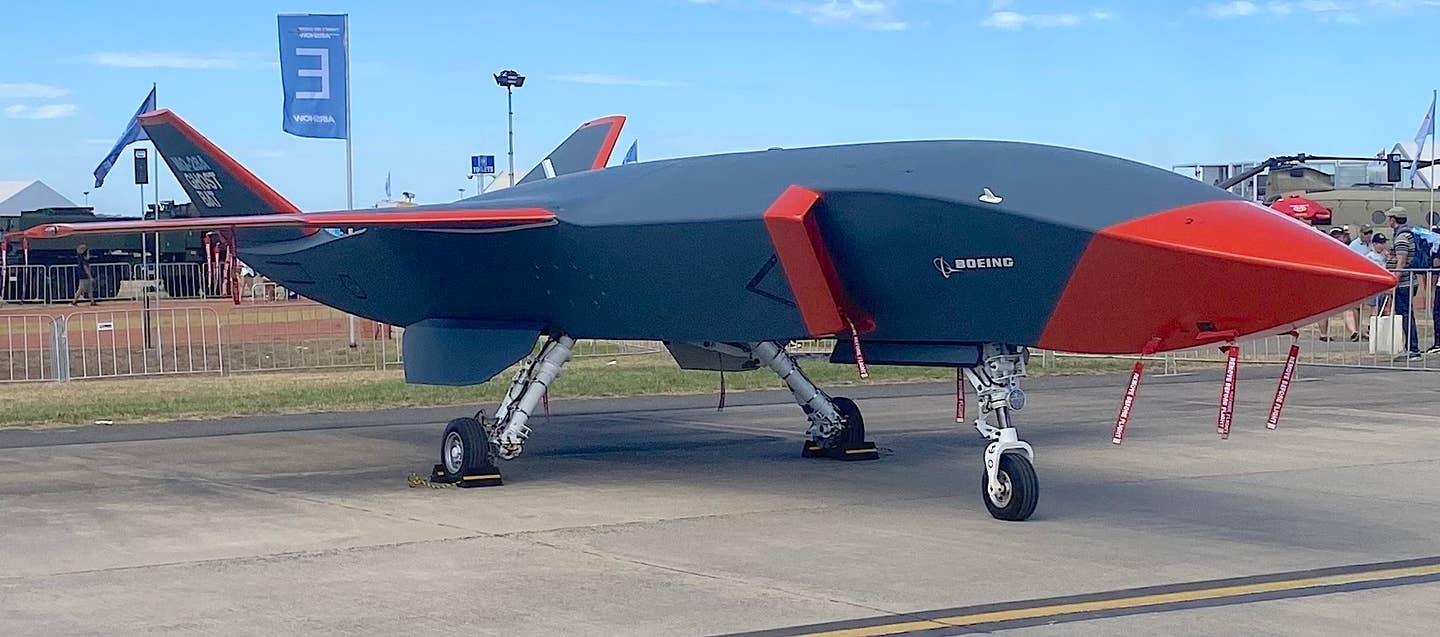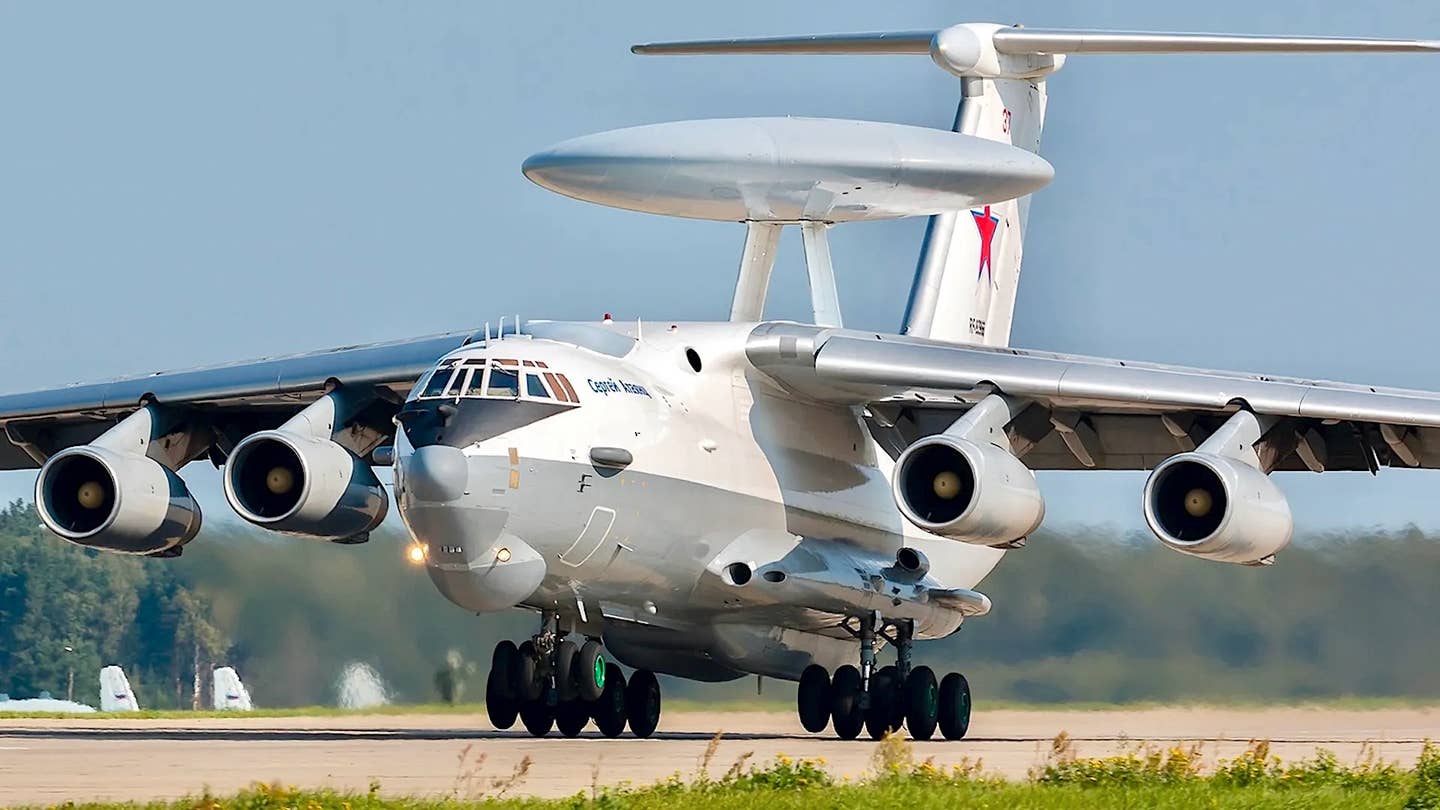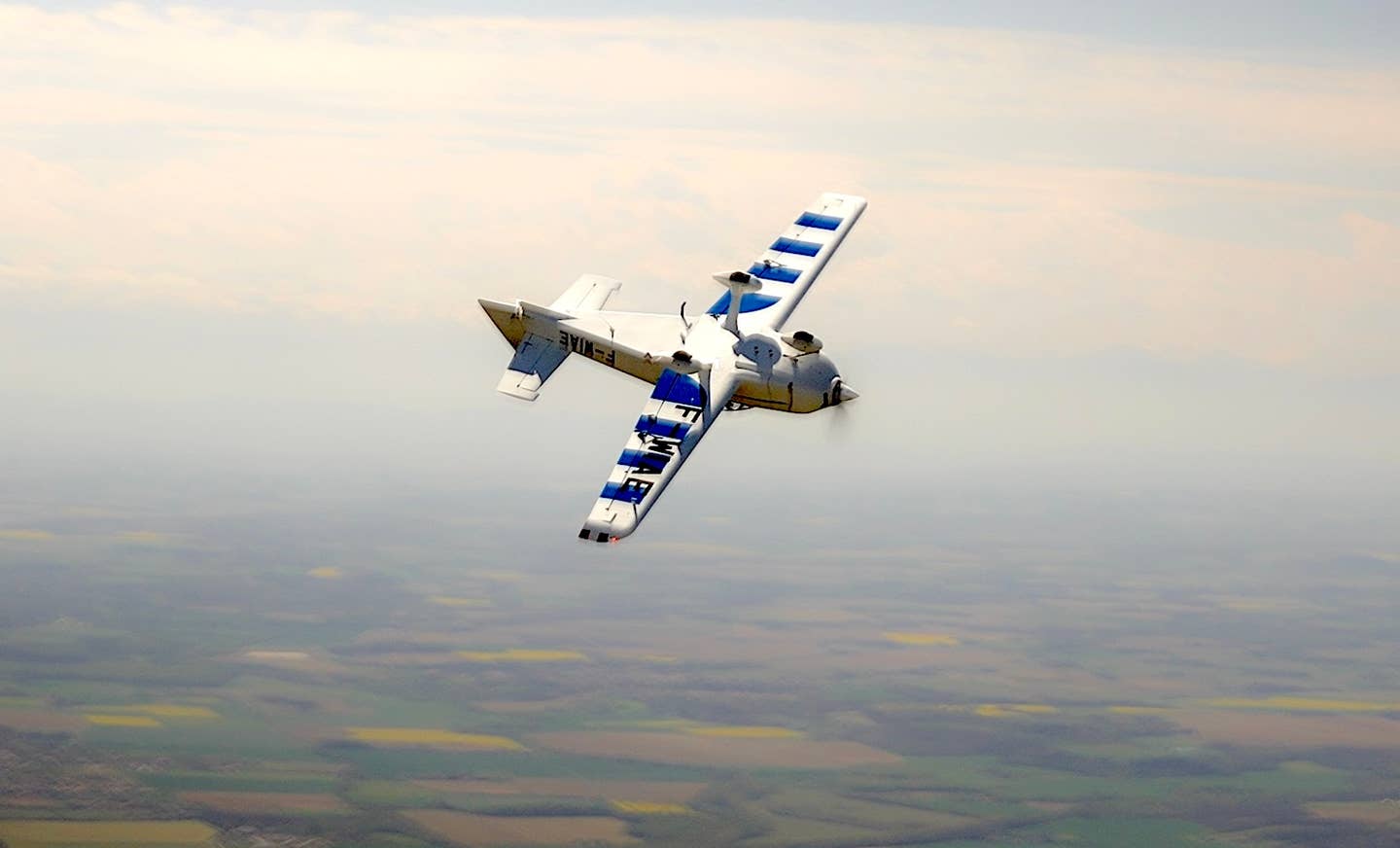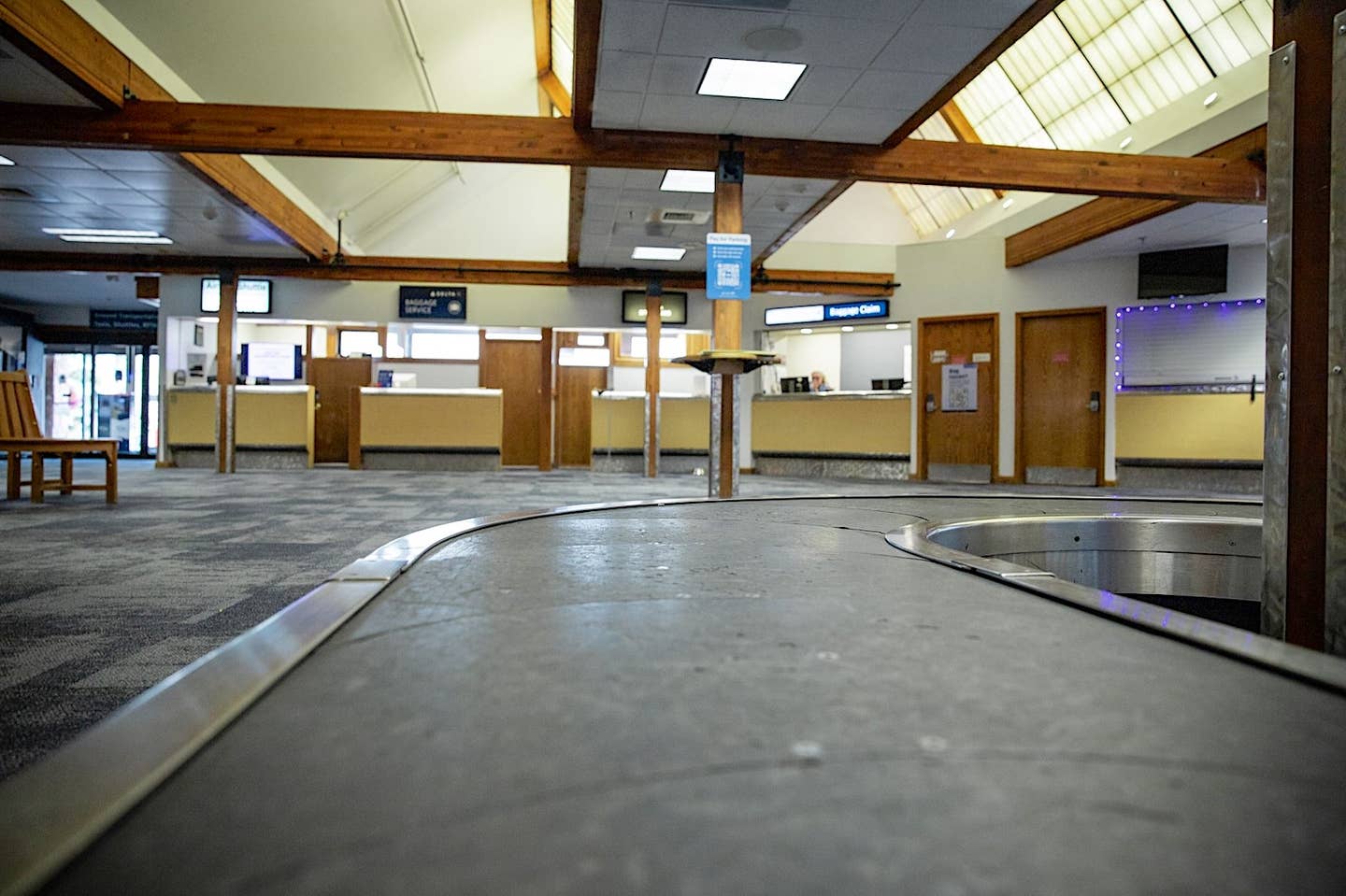Probe Into Fatal UPS Caravan Crash Presents More Questions Than Answers
Investigators have no shortage of possibilities to explore in the April 13 fatal crash of a Cessna Caravan flying a regular package-delivery route under contract to UPS. The 30-year-old pilot,…
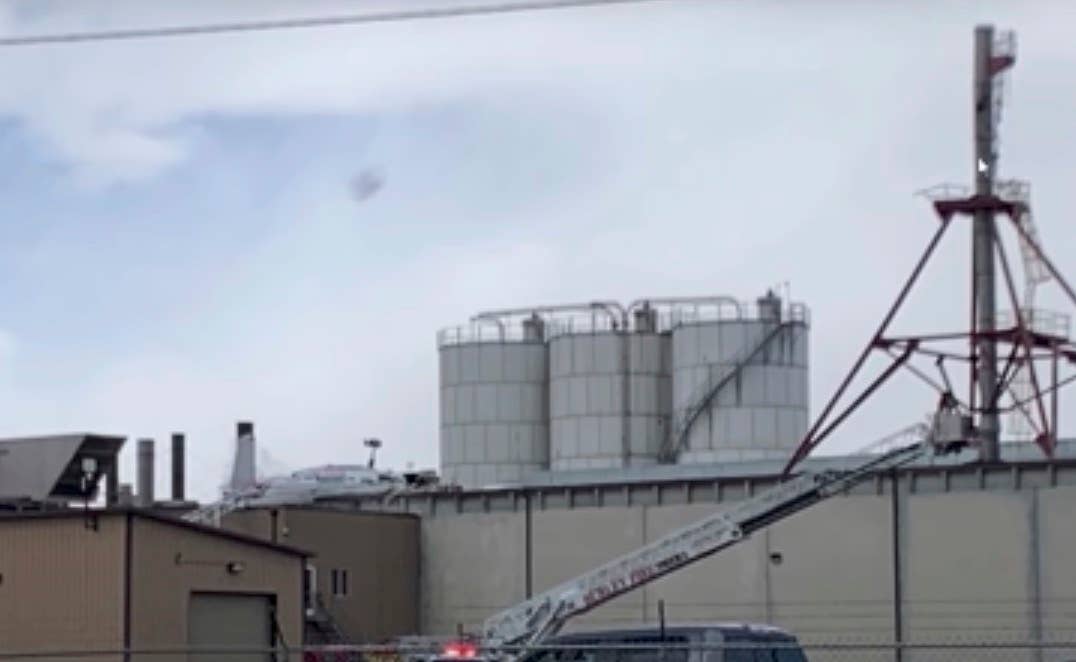
This image of the crash scene shows the wreckage of the Caravan on the roof and the chimney stack it apparently struck on approach.
Investigators have no shortage of possibilities to explore in the April 13 fatal crash of a Cessna Caravan flying a regular package-delivery route under contract to UPS. The 30-year-old pilot, Brittney Infanger, was killed in the crash after attempting her second non-precision GPS instrument approach in misty, snowy weather to Runway 20 at city-owned Burley Municipal Airport (KBYI) in Idaho. The approaches followed a normal one-hour flight from Salt Lake City International Airport (KSLC).
The Caravan’s right wing apparently struck a chimney stack on the roof of a potato-processing plant located under the approach path less than a half mile from the runway in the town of Heyburn, Idaho, just across the Snake River from the airport.
Infanger’s father, a pilot, has publicly called on the county to close BYI as unsafe, and replace it with a new airport in a less hazardous location. He claims, along with other pilots in the area, that industrial growth surrounding the airport, the potato plant in particular, has compromised the approach paths. “They’ve allowed this potato processing plant to continue to expand,” he told a local news outlet, “and this chimney comes up and has a huge amount of steam. If the wind is blowing [a certain direction], you fly right into this wall of steam. That was the case that morning.”
According to YouTuber Juan Brown on his accident-analysis channel, the RNAV (GPS) 20 approach to BYI does meet FAA’s Standard for Terminal Instrument Procedures (TERPS) requirements, though the step-down segment of the approach calls for a steep (3.7 degrees rather than the standard 3 degrees), unstabilized close-in descent phase after passing the chimney stacks.
The accident flight left SLC at 7 a.m. local time and was vectored for the RNAV approach to Runway 20. Infanger executed a missed approach on the first attempt and was vectored through the missed approach procedure for a second try. ADS-B data—which can be inaccurate—show her descending below the minimum descent altitude before hitting the stack and crashing inverted onto the plant’s rooftop. No one on the ground was injured.
Weather at the time was reported with winds from the south at 8 knots, visibility at one statute mile in light snow and mist, a broken ceiling at 800 feet and overcast at 2,300 feet. The temperature/dewpoint spread was -3/-5 degrees Centigrade.
Readers of the Kathryn’s Report summary of the accident—some of whom identified themselves as local pilots—have suggested numerous possibilities for the premature descent below minimums, including fuel starvation; icing; and that, with limited visibility and high pilot workload, Infanger might have mistaken the rooftop of the potato plant for the runway, which has only runway end identifier lights (REIL) and no visual approach slope indicator (VASI). The Caravan’s Garmin G1000 flight deck could provide investigators with stored data that would be more accurate than the available ADS-B readouts.
Brown reported that Infanger, a native of Salmon, Idaho, completed training with American Flyers and received her instrument, commercial and flight instructor ratings in May 2019. Described as a skilled and experienced pilot, she was reportedly flying Caravans for Gem Air under contract to UPS to build hours toward her airline transport pilot (ATP) rating for an airline career.

